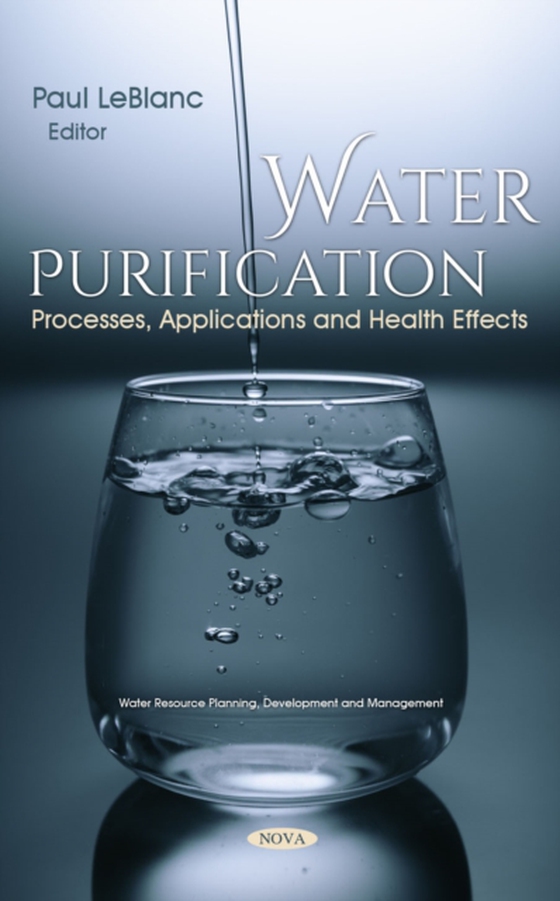
Water Purification: Processes, Applications and Health Effects e-bog
2190,77 DKK
(inkl. moms 2738,46 DKK)
The overall wellbeing of a society depends on access to uncontaminated drinking water. However, the treatment of the water supply is made more complex by the presence of difficult-to-remove contaminants, such as perfluoroalkyl and polyfluoroalkyl substances, which pose threats to human health. This volume includes five chapters that discuss water purification from several perspectives, includin...
E-bog
2190,77 DKK
Forlag
Nova
Udgivet
26 januar 2022
Længde
253 sider
Genrer
RNFD
Sprog
English
Format
pdf
Beskyttelse
LCP
ISBN
9781685076337
The overall wellbeing of a society depends on access to uncontaminated drinking water. However, the treatment of the water supply is made more complex by the presence of difficult-to-remove contaminants, such as perfluoroalkyl and polyfluoroalkyl substances, which pose threats to human health. This volume includes five chapters that discuss water purification from several perspectives, including strategies for improving drinking water infrastructure and point-of-use water treatment applications. Chapter One provides a review of current knowledge of copper and silver ions, free chlorine, and N-chloramines in point-of-use drinking water treatment applications, including kinetics and mechanisms of inactivation of pathogens, toxicity, and synergistic effects produced by combinations of these chemical disinfectants. Chapter Two addresses the adsorptive removal of water pollutants such as organic dyes, heavy metal ions, oil, and pharmaceutical products by carbonaceous adsorbents such as activated carbon, carbon nanotubes, graphene, carbon aerogels, and biochars in detail. Chapter Three includes information on recent advancements in bio-based polymer membranes for water purification, as well as various modification techniques, limitations, and future remarks. Chapter Four deals with the emerging green technology of solar-driven water purification, reviewing current challenges and future perspectives of commercializing such technologies. Finally, Chapter Five covers the processes and units involved in the dairy industry, characteristics and composition of the dairy effluent and its effect on health, the environment, and the water supply if discharged without treatment.
 Dansk
Dansk

